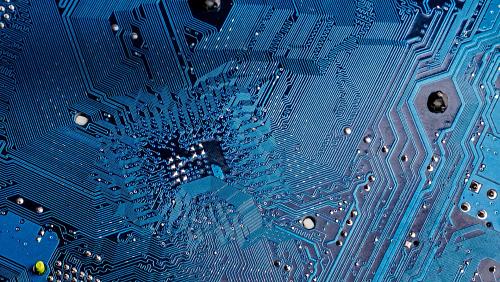Introduction
Incinerator refractory cement is an essential material used in the construction and maintenance of incinerators. However, traditional refractory cements can have a negative impact on the environment due to the release of harmful chemicals and greenhouse gases during manufacturing and use. In response to this concern, eco-friendly options for incinerator refractory cement have been developed to reduce the environmental footprint of incinerator operations.
Benefits of Eco-Friendly Refractory Cement
Eco-friendly refractory cement offers several benefits over traditional formulations, including:
- Reduced carbon footprint: Eco-friendly refractory cement is manufactured using sustainable materials and processes that emit fewer greenhouse gases.
- Non-toxic composition: Eco-friendly refractory cement is free of toxic chemicals and pollutants that can harm human health and the environment.
- Energy efficiency: Eco-friendly refractory cement often has better insulating properties, leading to improved energy efficiency and lower fuel consumption.
- Recycled materials: Some eco-friendly refractory cements are made from recycled materials, such as industrial by-products or post-consumer waste.
- Low-Cement castables: Low-cement castables use less cement than traditional formulations, reducing the carbon footprint of manufacturing.
- Geopolymer cement: Geopolymer cement is an environmentally friendly alternative to traditional Portland cement, offering improved durability and thermal resistance.
- Proper installation: Ensure that the eco-friendly refractory cement is correctly installed according to manufacturer guidelines to maximize performance and longevity.
- Regular maintenance: Perform routine inspections and maintenance to extend the life of the refractory lining and reduce the need for replacement.
- Optimize operation: Adjust incinerator settings and procedures to minimize wear and tear on the refractory lining, reducing the need for repairs or replacements.
Types of Eco-Friendly Refractory Cement
There are several types of eco-friendly refractory cement available for use in incinerators, including:
Best Practices for Using Eco-Friendly Refractory Cement
When using eco-friendly refractory cement in incinerators, it’s important to follow best practices to maximize environmental benefits:
Conclusion
By choosing eco-friendly options for incinerator refractory cement, operators can reduce the environmental impact of their operations while also benefiting from improved performance and energy efficiency. With a variety of eco-friendly formulations available, incinerator operators have the opportunity to make a positive impact on the planet without sacrificing performance or durability.








